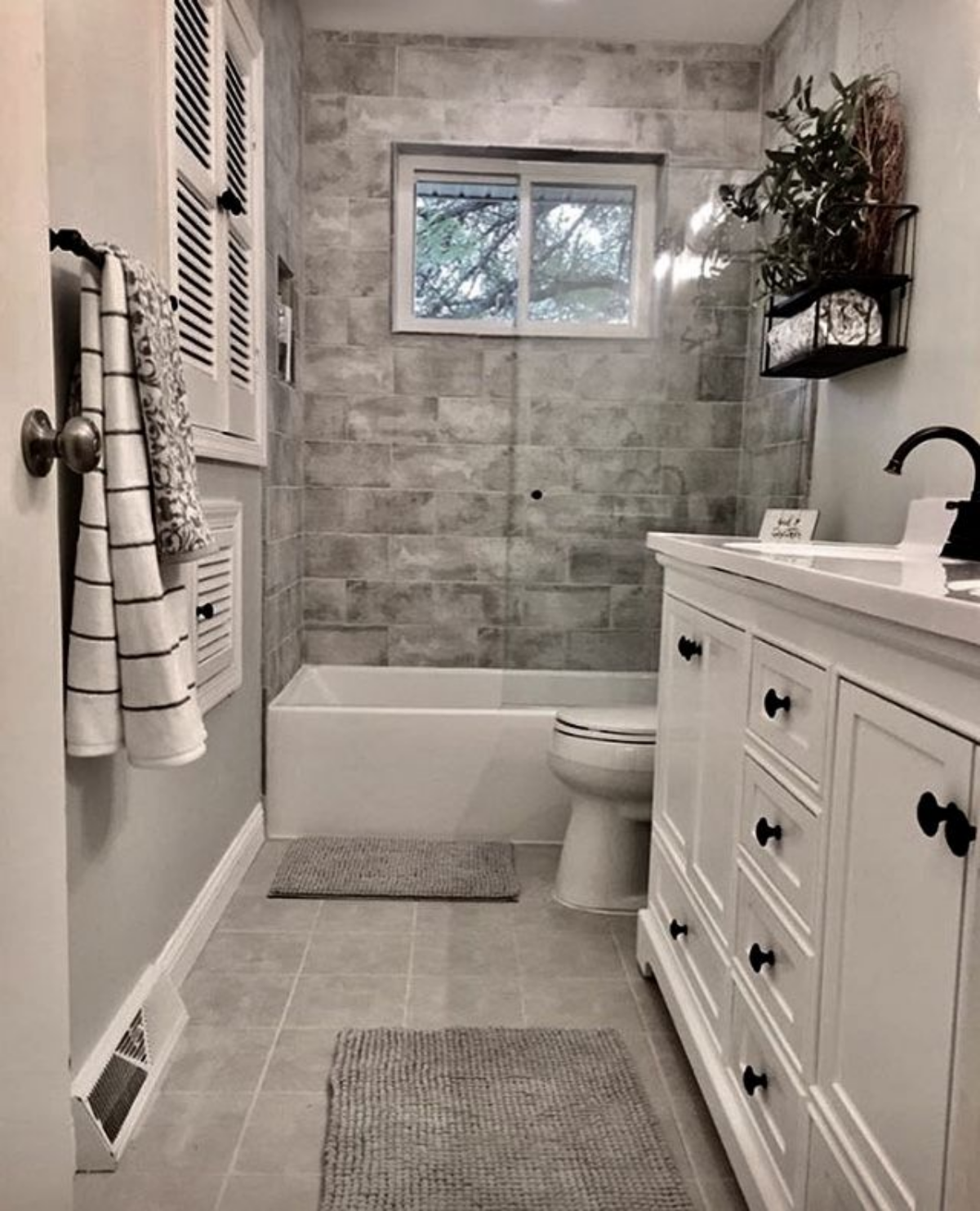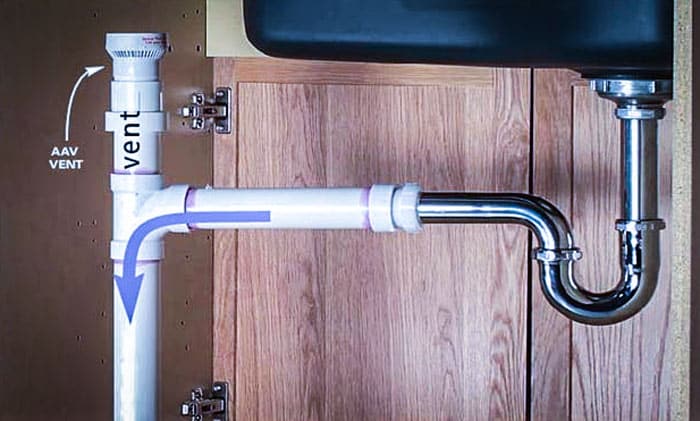The Reason Why Proper Ventilation Is Important in Plumbing Systems
The Reason Why Proper Ventilation Is Important in Plumbing Systems
Blog Article
Right here underneath you can discover a bunch of quality facts in regards to Essential Plumbing Vent Pipes: Understanding Their Role.

Correct ventilation in pipes systems is frequently forgotten, yet it is important for maintaining the capability and safety of your home's pipes. Air flow helps control air pressure, prevent the accumulation of harmful gases, and make sure the reliable elimination of waste. In this overview, we will certainly check out the value of correct pipes air flow, exactly how it functions, and the advantages it offers your pipes system.
Recognizing Air Flow in Pipes
Ventilation in plumbing refers to the network of pipes that permit air to move via the water drainage system. These vents offer several purposes, including regulating atmospheric pressure within the pipelines, protecting against drain gases from entering the home, and aiding in the smooth circulation of wastewater.
Exactly How Air Flow Functions in Pipes Systems
Atmospheric Pressure Guideline
Correct air flow maintains well balanced atmospheric pressure within the plumbing system. When water flows via pipes, it displaces air. Without adequate ventilation, this displacement can develop negative stress, bring about slow down drains pipes or siphoning of water from traps, which can trigger undesirable odors to seep right into the home.
Preventing Sewer Gas Accumulation
Among one of the most crucial features of pipes vents is to stop sewage system gases, such as methane and hydrogen sulfide, from accumulating within the home. These gases can pose major health and wellness dangers and are extremely flammable. Vent pipes allow these gases to leave safely outdoors.
Assisting in Waste Elimination
Ventilation helps in the efficient removal of wastewater by protecting against airlocks in the water drainage system. When air can move easily with the vents, it allows water and waste to flow efficiently with the pipelines, reducing the danger of clogs and back-ups.
Sorts Of Pipes Vents
Main Heap Vent
The primary stack air vent, also called the vent pile, is the primary air vent in a plumbing system. It expands from the main drainpipe align via the roof covering, enabling gases to escape and fresh air to go into the system.
Branch Vent
Branch vents connect to the primary pile vent and offer individual components, such as sinks, bathrooms, and showers. These vents make sure that each fixture has sufficient ventilation to function correctly.
Air Admittance Shutoff (AAV).
An Air Admission Shutoff (AAV) is a one-way valve that allows air to enter the plumbing system without the need for a standard vent pipe expanding with the roof covering. AAVs are typically utilized in restorations or areas where setting up a conventional air vent is unwise.
Indications of Poor Ventilation in Pipes.
Slow Draining Fixtures.
If your sinks, tubs, or toilets are draining pipes gradually, it could be an indicator of bad ventilation. Poor air flow can develop a vacuum result, making it tough for water to drain effectively.
Gurgling Seems.
Gurgling audios coming from drains pipes are frequently an outcome of air being sucked with water catches as a result of adverse pressure in the pipes. This is a clear sign of inadequate air flow.
Unpleasant Smells.
Sewer smells inside your home are a warning that your plumbing system is not appropriately ventilated. This might indicate that drain gases are not being effectively aired vent outside, causing possibly dangerous problems.
Common Air Flow Blunders.
Insufficient Vent Sizing.
Using undersized air vent pipes can result in bad air circulation and pressure discrepancies in the system. It's essential to make use of vents that satisfy the specific needs of your pipes system.
Improper Vent Placement.
Placing vents as well far from the components they offer can decrease their performance. Correct placement makes certain that air can stream freely and successfully through the system.
Ignoring Code Requirements.
Building regulations offer certain standards for pipes ventilation. Neglecting these codes can result in a system that stops working to work properly and may lead to pricey fixings or health hazards.
Benefits of Appropriate Ventilation.
Improved System Performance.
Correctly aerated pipes systems operate extra efficiently, with fewer clogs, faster draining, and much less pressure on the pipes. This efficiency extends the lifespan of the plumbing system.
Improved Air High Quality.
By stopping sewer gases from entering your home, appropriate ventilation contributes to better interior air top quality, making your living environment healthier and much more comfy.
Protecting Against Water Damages.
Appropriate air flow assists avoid water from being siphoned out of catches, which can result in drain gases getting in the home and creating water damages over time.
Steps to Ensure Proper Ventilation.
Consulting Pipes Codes.
Constantly speak with local plumbing codes when designing or changing your pipes system. These codes supply the required guidelines for proper airing vent and ensure your system meets safety and security requirements.
Normal Evaluation and Upkeep.
Routine evaluations can help determine potential air flow problems prior to they come to be significant troubles. Upkeep jobs, such as cleaning vent pipes and checking for clogs, are crucial for maintaining the system in good working order.
Specialist Setup.
For new installments or significant alterations, it's a good idea to employ an expert plumber. They have the experience to ensure the ventilation system is correctly designed and installed according to code.
Conclusion.
Proper air flow is a critical component of any kind of pipes system, making certain that it works effectively and safely. By understanding the relevance of air flow, recognizing the indicators of bad ventilation, and taking actions to preserve your system, you can avoid pricey problems and safeguard your home's air top quality.
What is a Plumbing Vent and it's used for?All plumbing systems in residential and commercials construction have a plumbing vent. It doesn’t just vent unwanted odors from the drainage system to the outside; it actually serves an important purpose by supplying air to the system.
The plumbing drainage system is actually called a drainage, waste and vent (DWV) system. When water flows down the piping, an air supply (vent) is needed to allow the water to flow. Think of the vertical pipe as a drinking straw. If you plug the top end of a straw, liquid won’t drain from it.
The DWV system in your building consists of a series of pipes connected to each fixture; they extend above each fixture, and the system terminates at an open pipe that extends through the roof. This piping allows air into the system and prevents unbalanced pressures in the piping.
?The vent also prevents the system from drawing water out of a trap at the fixture with the characteristic “glug-glug-glug” as the drain gasps for air. Plumbing traps should drain smoothly and never “glug” or gasp for air.
If you have a drain that empties slowly or gurgles as it drains, this may indicate a venting problem. If you flush a toilet and the sink gurgles, there’s definitely a vent problem. It is good idea to have a Plumber check this.
https://www.ameliashomeinspection.com/blog/what-is-a-plumbing-vent-and-its-used-for

I found that blog entry on What Is A Plumbing Vent & How Do They Work? when doing a search on the web. Be sure to take the opportunity to promote this blog entry if you liked it. Bless you for your time. Come back soon.
Click Here Report this page